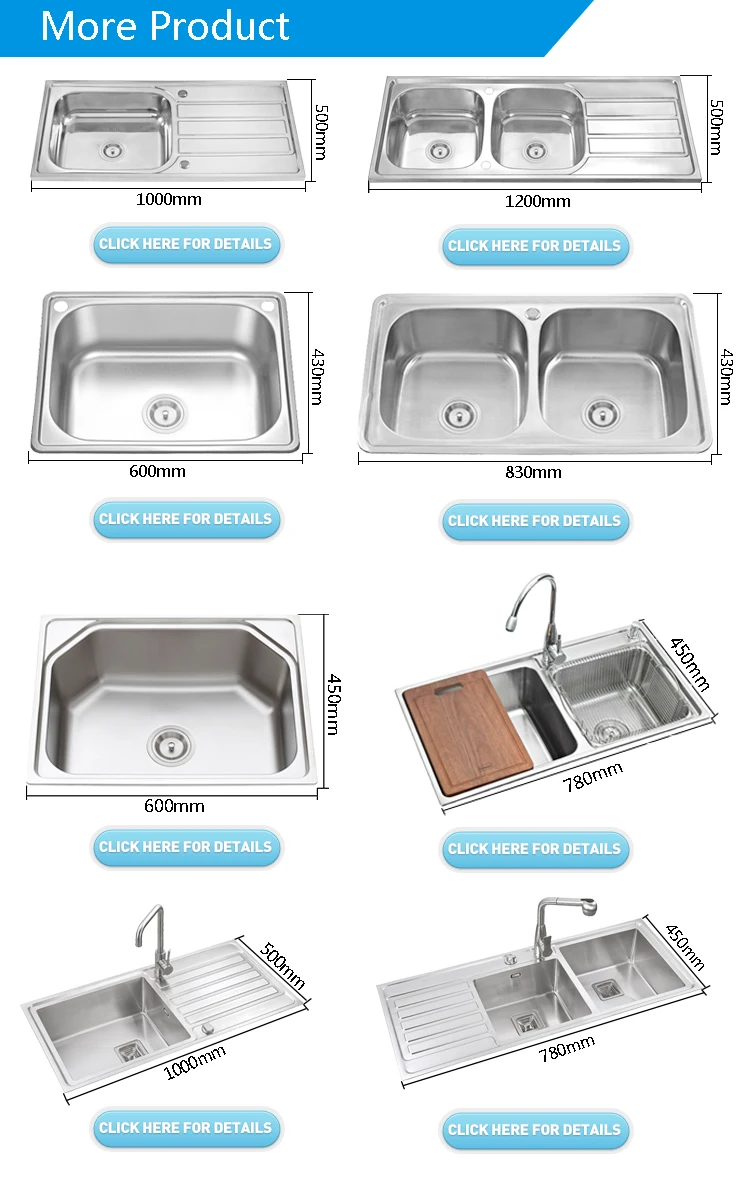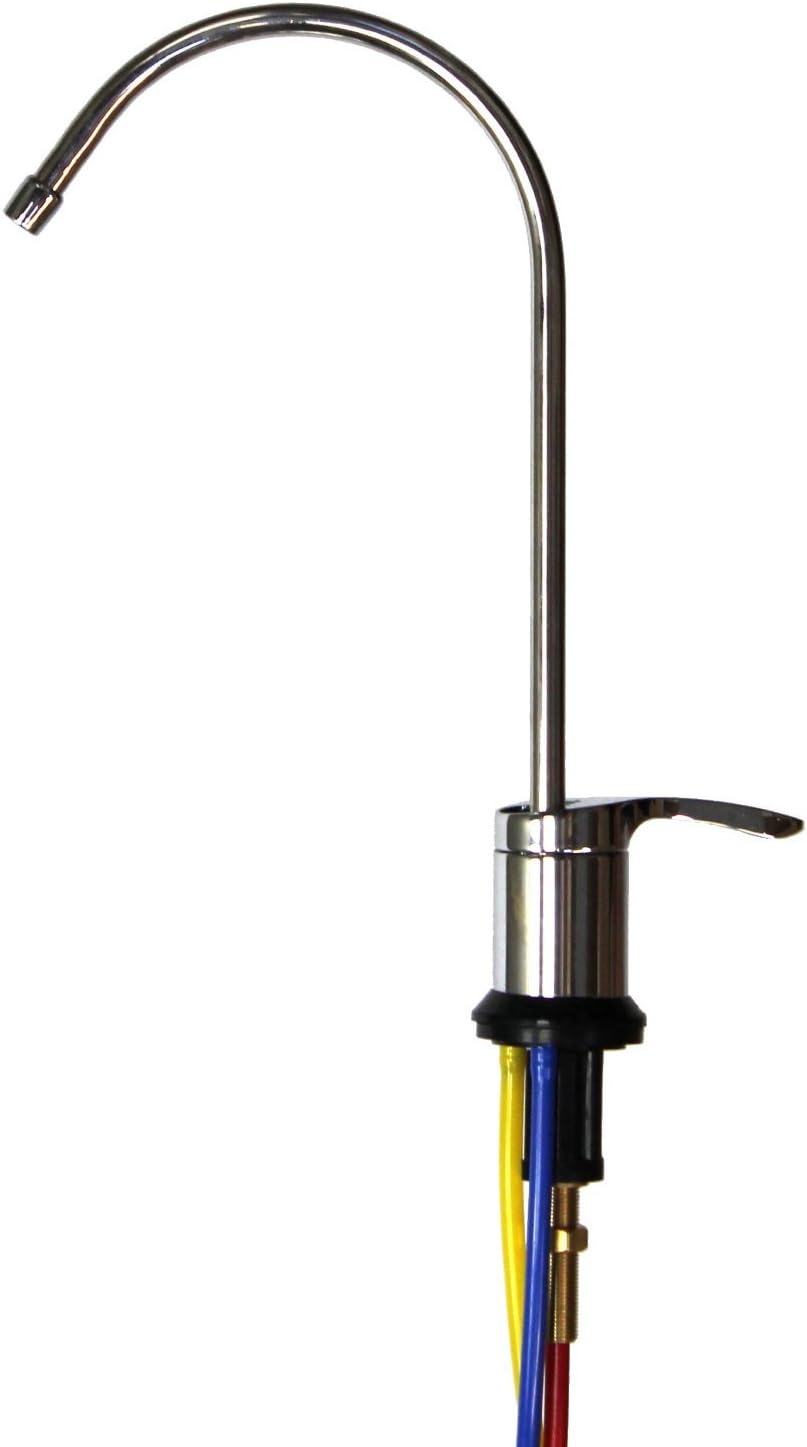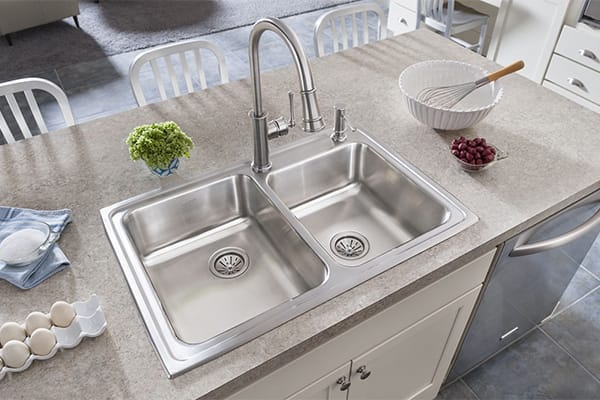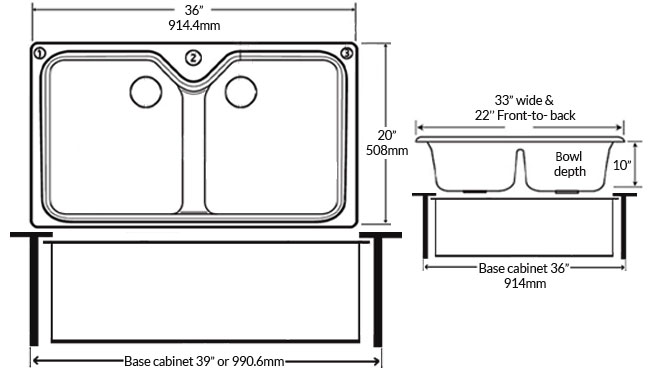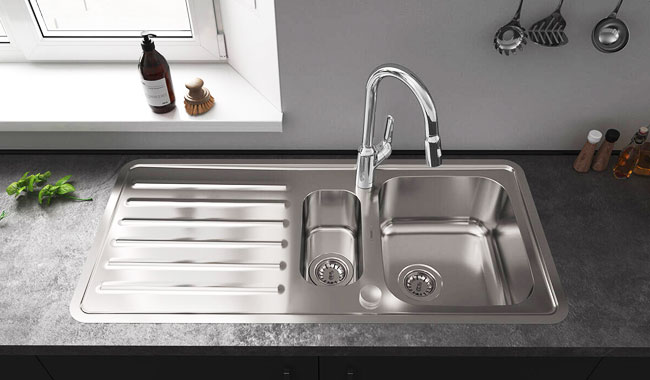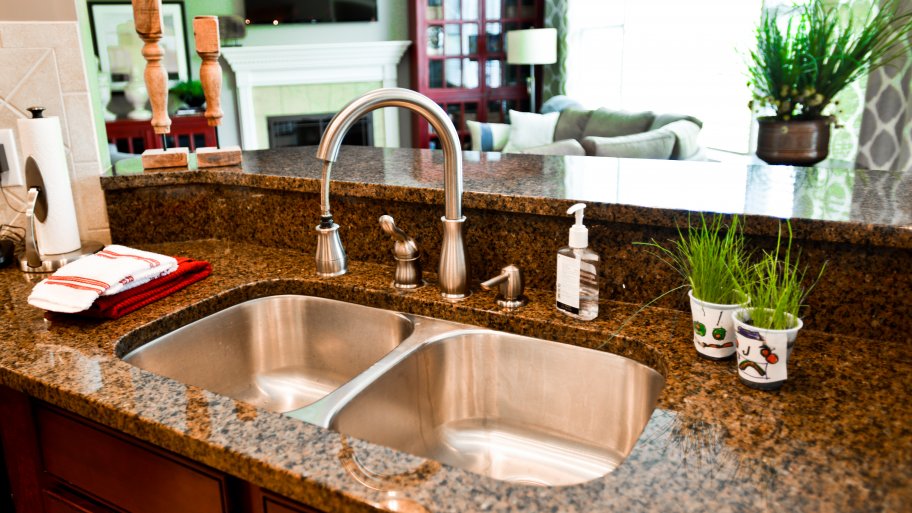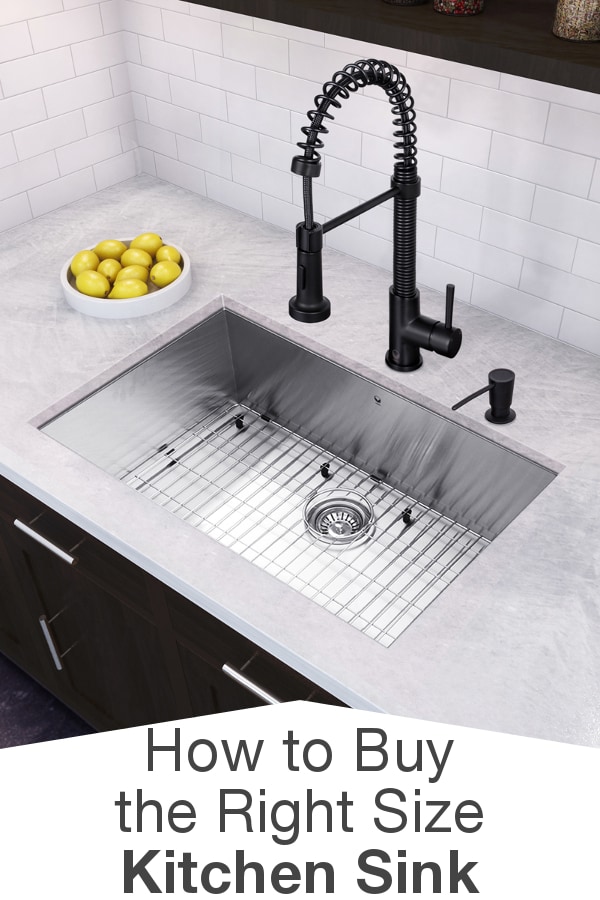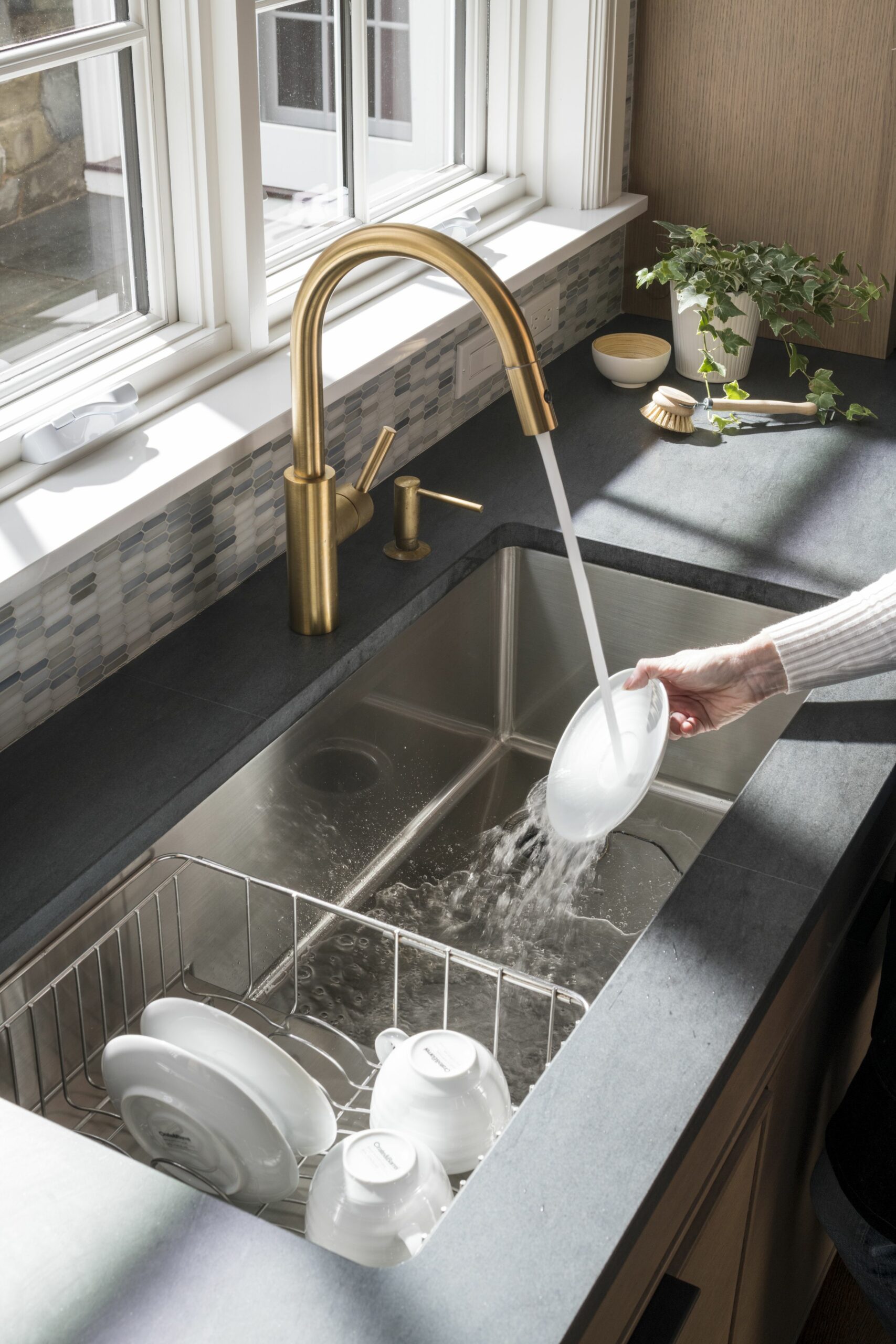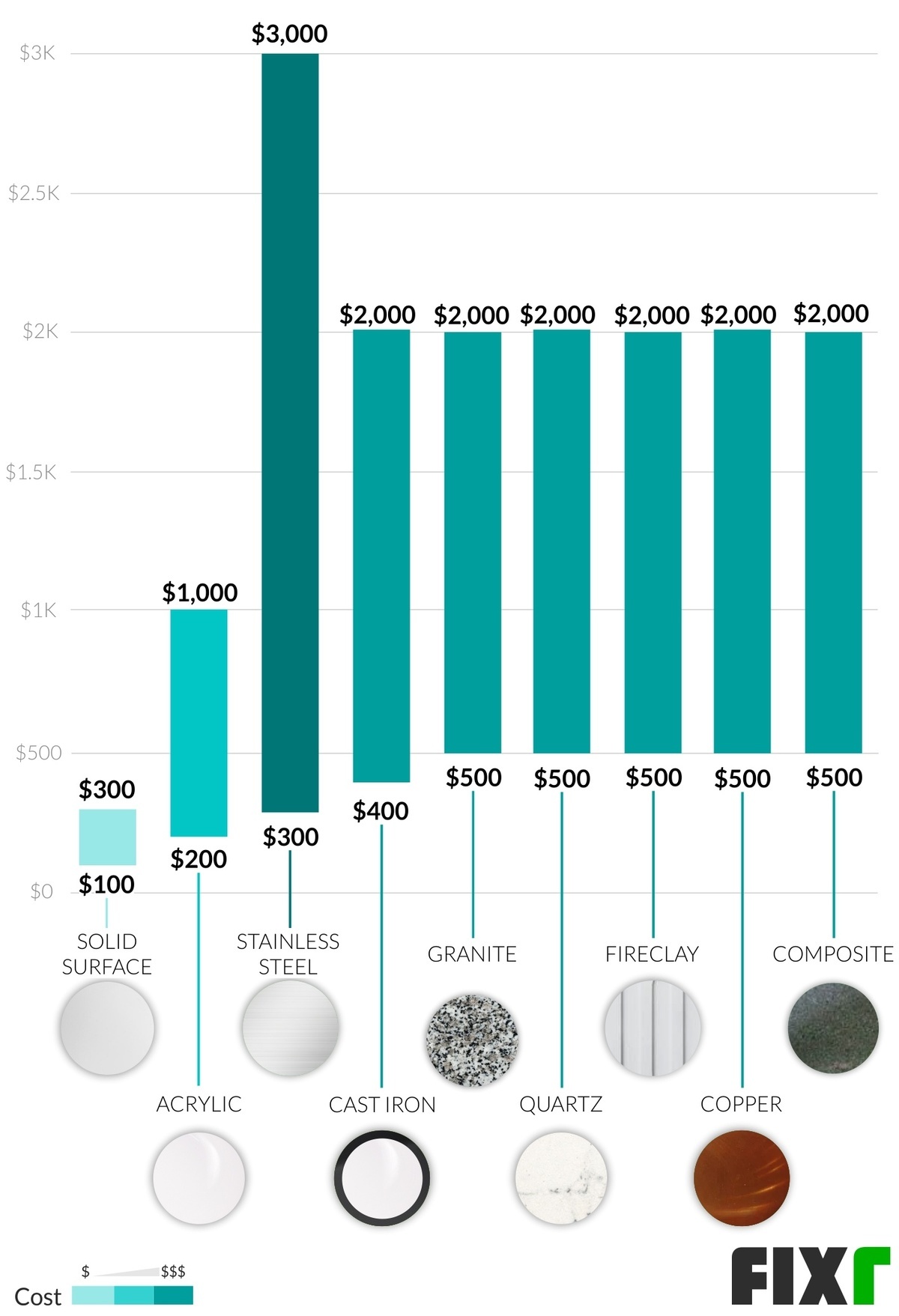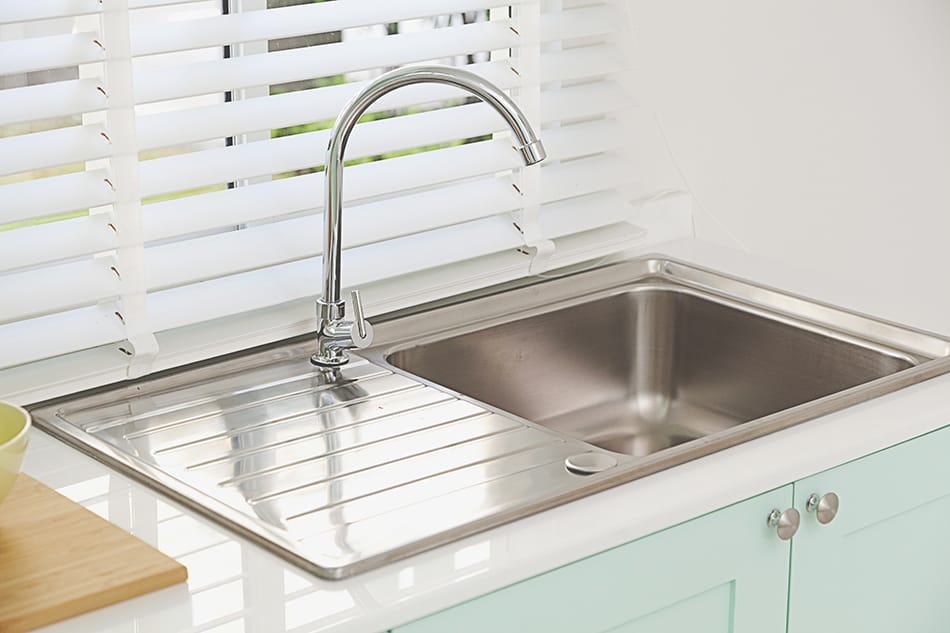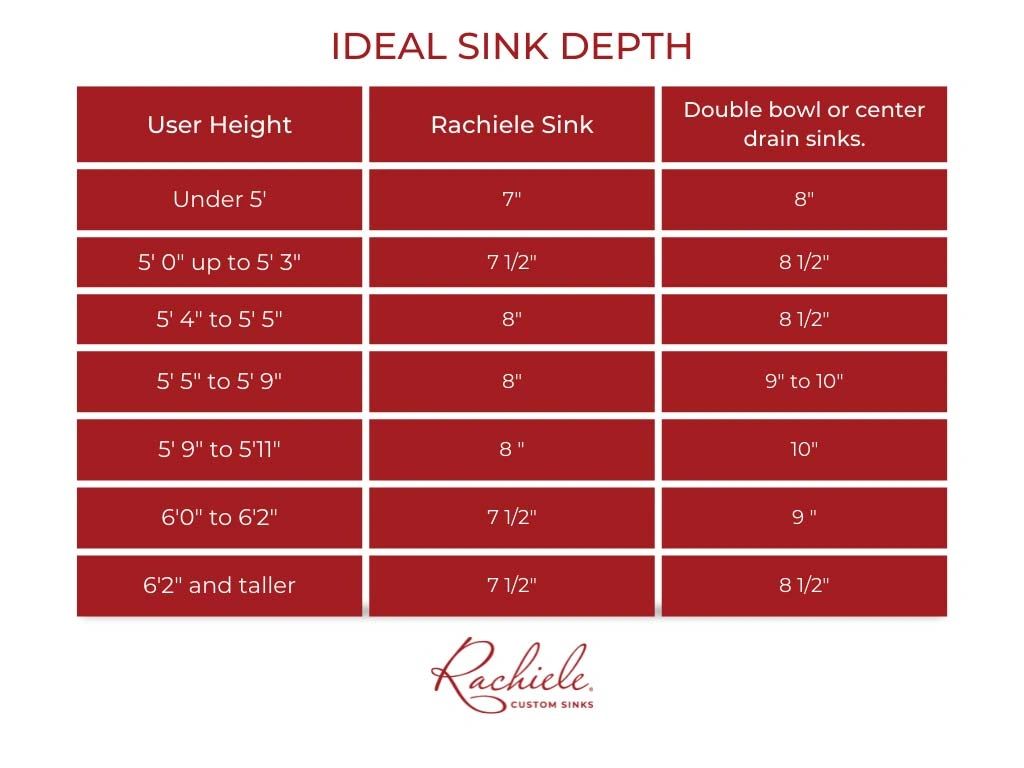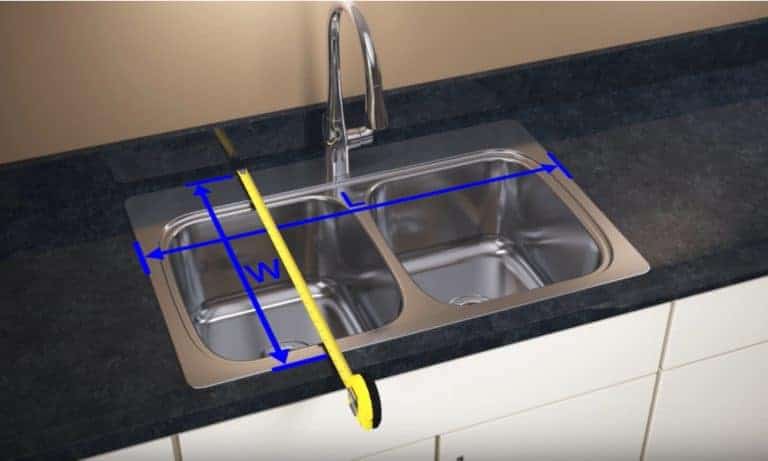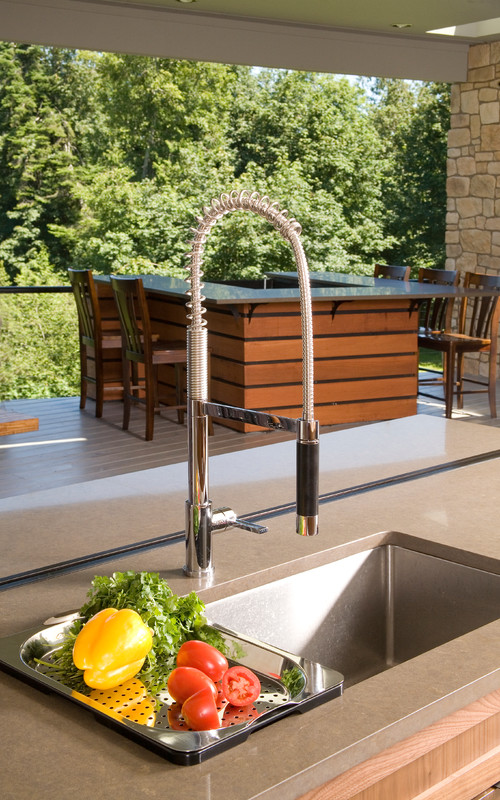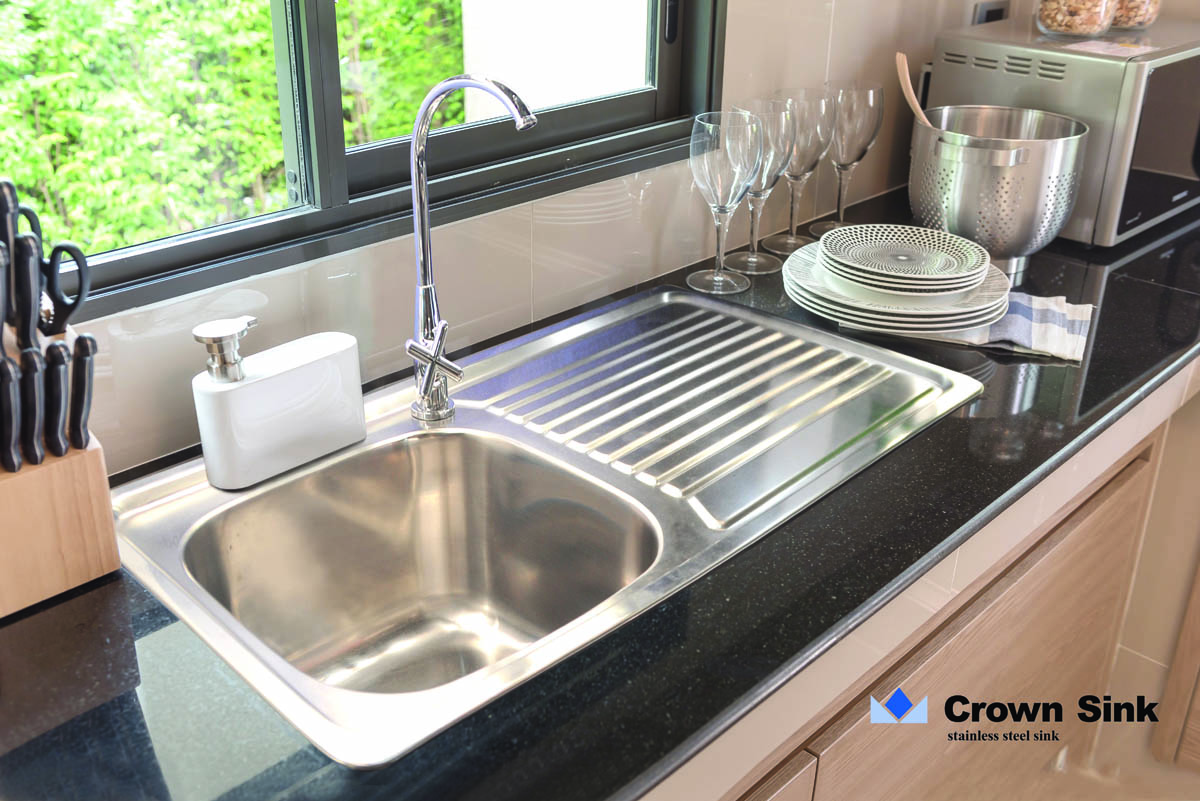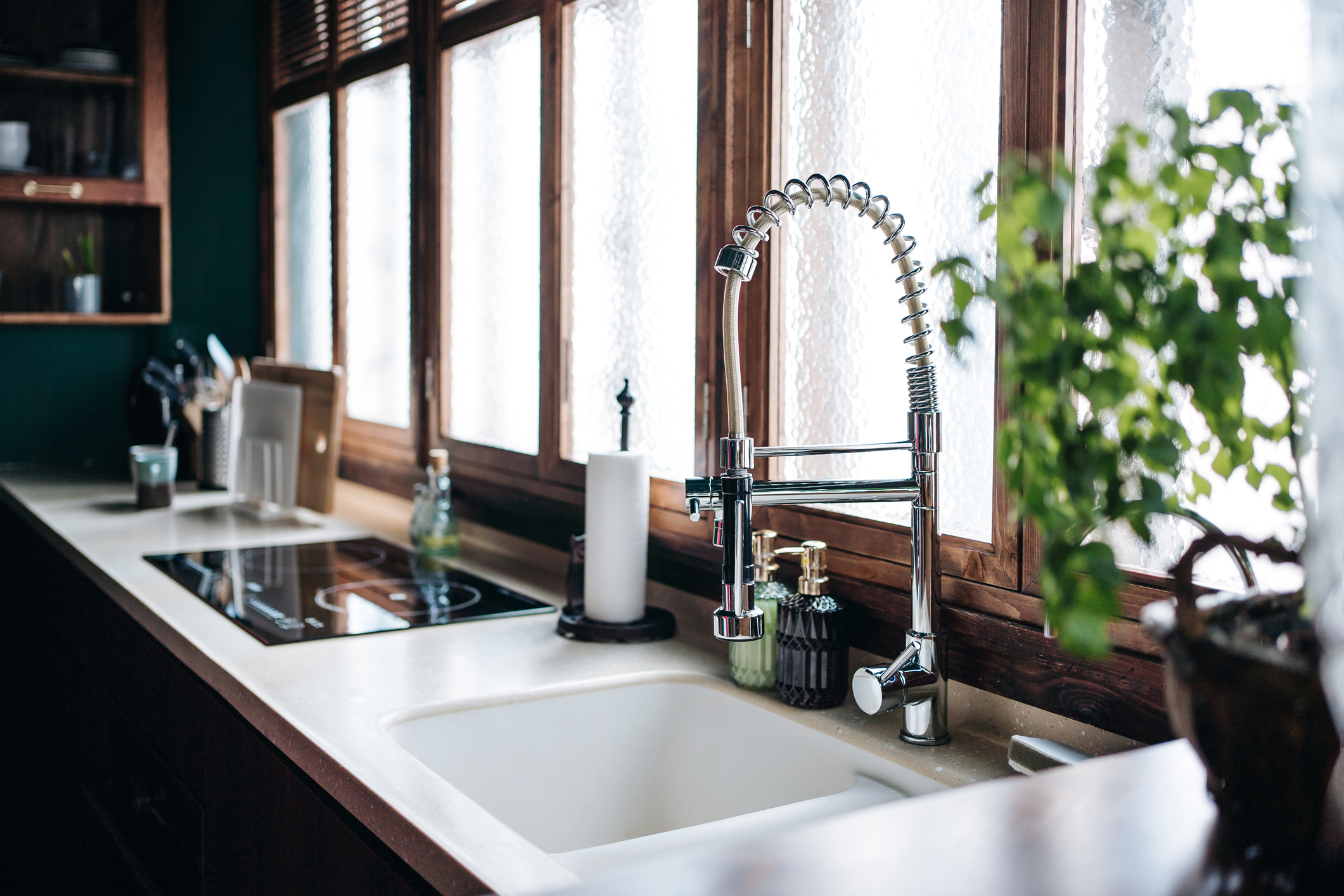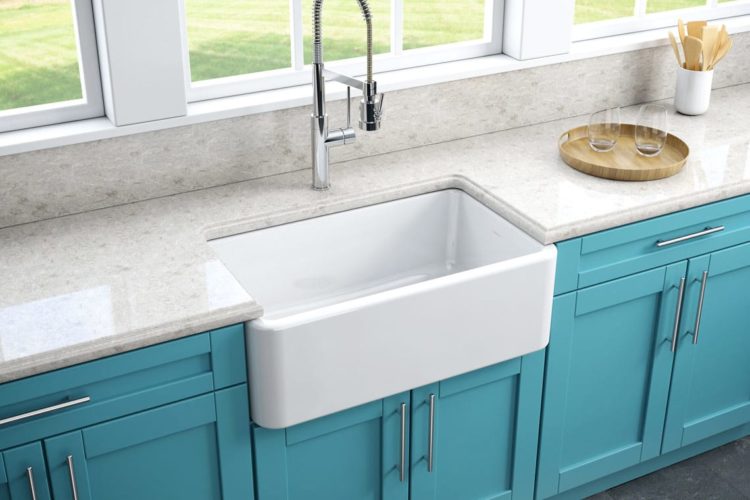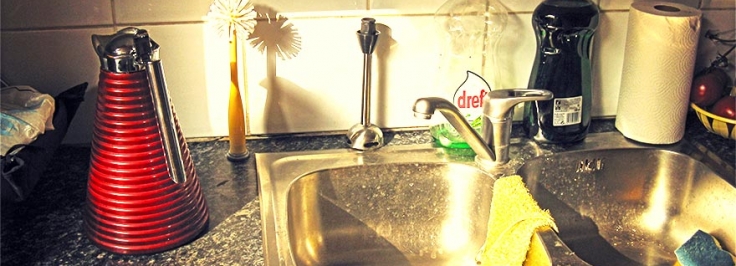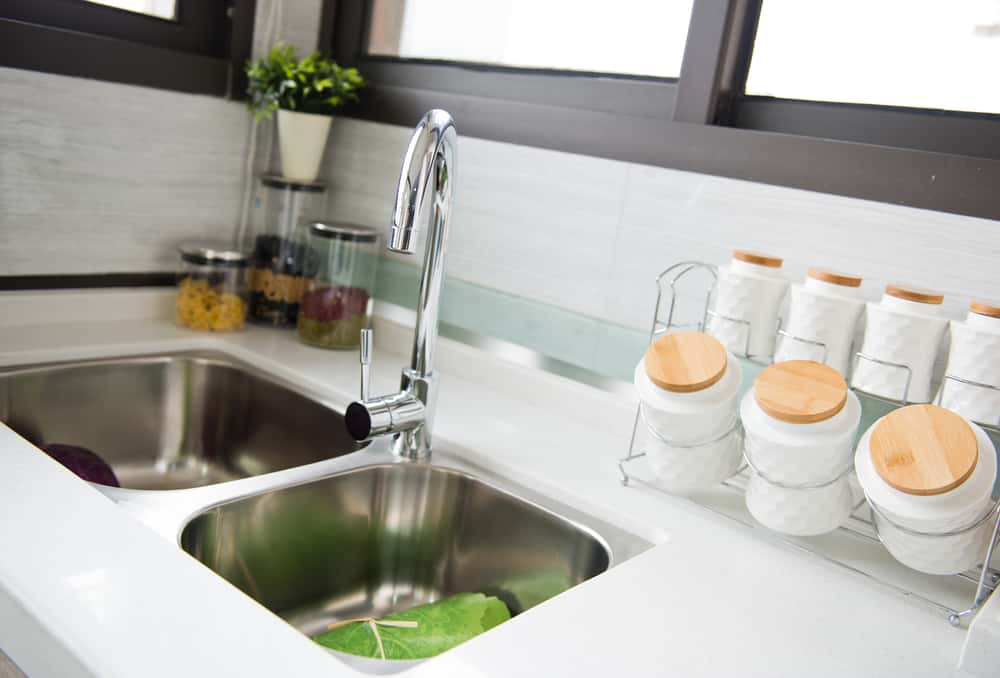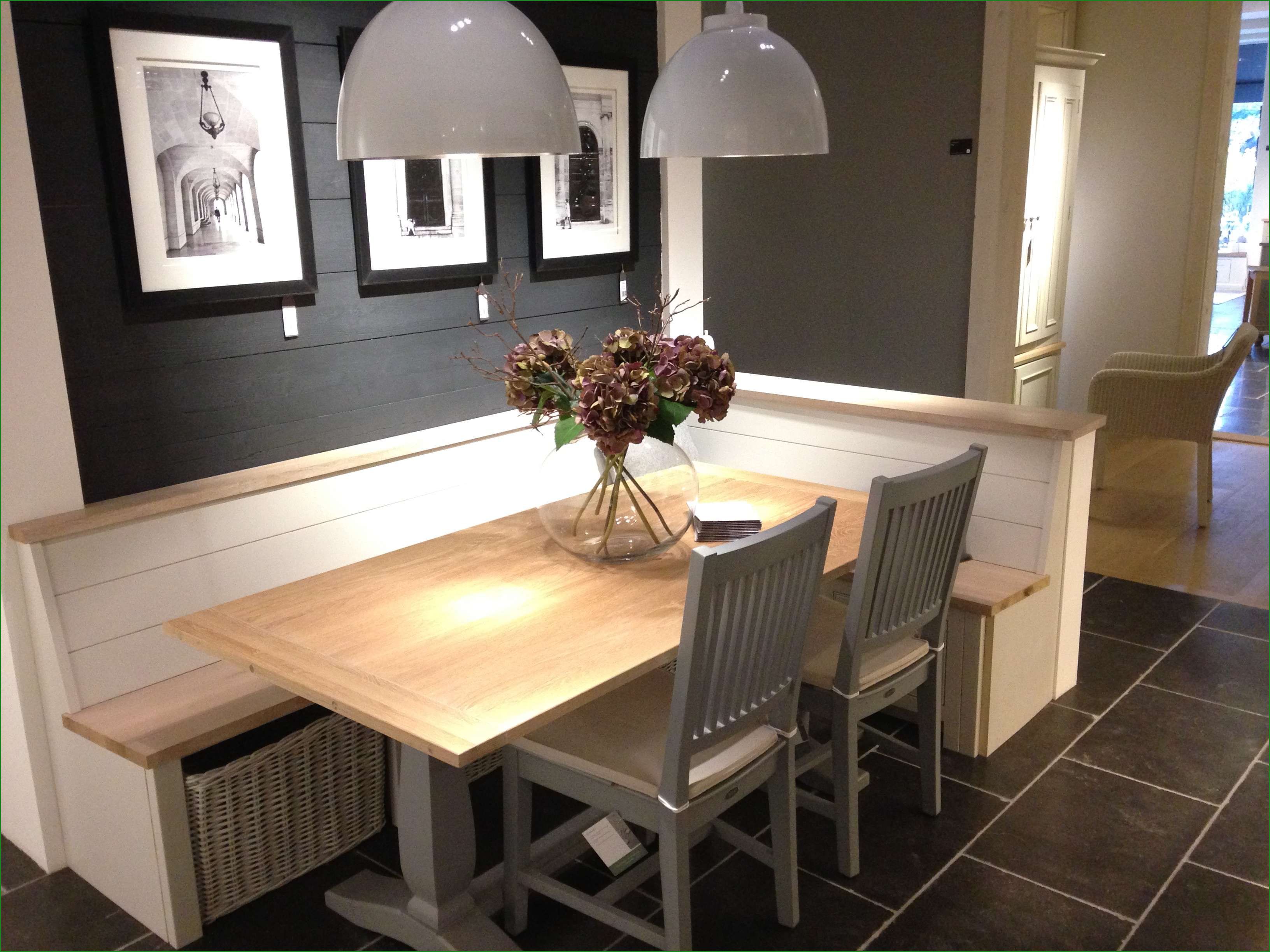If you're in the process of designing or renovating your kitchen, one important decision you'll have to make is the depth of your kitchen sink. This seemingly simple choice can have a big impact on the functionality and overall look of your kitchen. In this guide, we'll cover everything you need to know about standard kitchen sink depth to help you make the best choice for your space.Standard Kitchen Sink Depth: A Complete Guide
The standard size of a kitchen sink can vary depending on the manufacturer, but the most common dimensions are 22 inches long by 30 inches wide. This is known as a single-bowl sink, meaning it has only one large basin. However, there are also double-bowl sinks that have two basins of equal size, typically measuring 22 inches long by 33 inches wide.What Is the Standard Size of a Kitchen Sink?
The depth of a kitchen sink is typically measured from the top of the sink to the bottom of the basin. The most common depth for a kitchen sink is between 8-10 inches. However, some sinks can be as shallow as 6 inches or as deep as 12 inches. The depth you choose will depend on your personal preferences and the type of sink you have.How Deep Should a Kitchen Sink Be?
The average depth of a kitchen sink is 8 inches, but as mentioned earlier, this can vary depending on the style and manufacturer. In general, deeper sinks are better for larger families or those who do a lot of cooking and dishes, as they can hold more and prevent water from splashing onto the countertop.Average Kitchen Sink Depth: What You Need to Know
In addition to depth, there are a few other dimensions to consider when choosing a kitchen sink. These include width and length, which are important in determining the overall size and capacity of the sink. You'll also want to pay attention to the size of the basin itself, as this will impact how much space you have for washing dishes and other tasks.Understanding Kitchen Sink Dimensions
When it comes to choosing the right depth for your kitchen sink, there are a few factors to consider. First, think about your personal preferences and how you will be using the sink. If you have a large family or do a lot of cooking, a deeper sink may be more practical. However, if you have back issues or are shorter in height, a shallower sink may be more comfortable. You'll also want to consider the size of your kitchen and the other features in the space. For example, if you have a small kitchen with limited counter space, a deeper sink may take up too much room and make it difficult to work. On the other hand, if you have a larger kitchen with ample counter space, a deeper sink can be a great addition that adds functionality and style.Choosing the Right Depth for Your Kitchen Sink
The depth of your kitchen sink may seem like a small detail, but it can have a big impact on the overall functionality of your kitchen. A sink that is too shallow can lead to water splashing onto the counter and making a mess, while a sink that is too deep can be uncomfortable to use and make it difficult to reach items at the bottom. Finding the right depth for your kitchen sink can make your daily tasks easier and more enjoyable.The Importance of Kitchen Sink Depth
If you're not sure how deep your kitchen sink is, you can easily measure it yourself. Use a tape measure to measure from the top of the sink to the bottom of the basin. You may also want to measure the depth of the basin itself, as this can vary depending on the style of sink you have.How to Measure the Depth of Your Kitchen Sink
As mentioned earlier, there are several factors to consider when choosing the depth of your kitchen sink. These include your personal preferences, the size and layout of your kitchen, and the type of sink you have. You may also want to consider the material of the sink, as some materials can be more prone to scratching or staining if the sink is too deep.Factors to Consider When Choosing a Kitchen Sink Depth
While the standard depth for a kitchen sink is 8-10 inches, there are a few common depths and their uses that you may want to consider. 6-7 inches: These shallow sinks are best for smaller kitchens or for those who don't do a lot of cooking or dishes. 8-9 inches: This is the most common depth and is suitable for most households and tasks. 10-11 inches: Deeper sinks are great for larger families or those who do a lot of cooking and need more space for washing dishes and preparing food. 12+ inches: These extra-deep sinks are ideal for commercial or industrial kitchens, but may also be a good choice for those who want a statement piece in their kitchen.Common Kitchen Sink Depths and Their Uses
The Importance of Choosing the Right Kitchen Sink Depth

Understanding the Standard Kitchen Sink Depth
Factors to Consider
The Benefits of Choosing the Right Depth
Conclusion
 In conclusion, choosing the right kitchen sink depth is crucial for both practicality and design. Consider your usage, countertop height, and personal preference when deciding on the depth, and enjoy the benefits of a well-chosen sink for years to come.
In conclusion, choosing the right kitchen sink depth is crucial for both practicality and design. Consider your usage, countertop height, and personal preference when deciding on the depth, and enjoy the benefits of a well-chosen sink for years to come.
